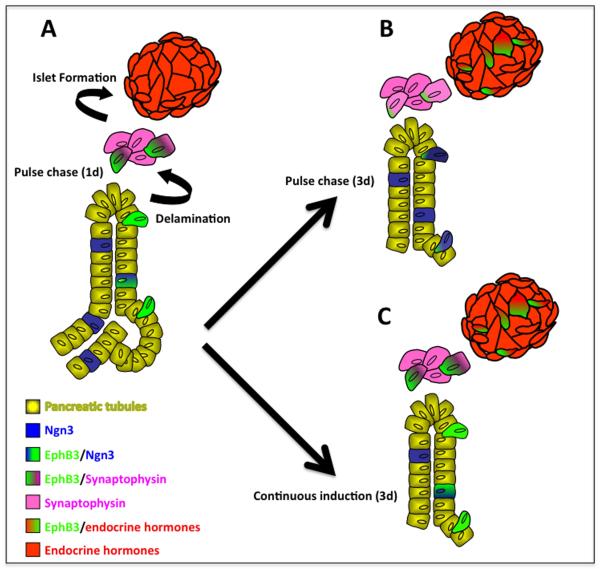Figure 7. Model for EphB3-expressing cell contribution to islets.
Following the secondary transition, EphB3 is expressed in a continuum, including three key cell populations during the secondary transition: 1) pro-endocrine cells within the epithelium, 2) ‘delaminating’ pro-endocrine cells, and 3) pro-endocrine cells in early clusters and islets. (A) Short term labeling of EphB3+ cells shows that EphB3 is expressed in delaminating pro-endocrine cells. (B) Pulse-chase experiments determined that EphB3-expressing cells labeled at E14.5 begin to express endocrine hormones by E16.5 and contribute to islets. Newly emerging pro-endocrine cells are labeled due to residual systemic Dox (following a 20 hour pulse of Dox and 8 day chase, expression of EphB3 is restricted to endocrine cells, not shown here). (C) Continuous 3 day Dox induction of EphB3rtTA-lacZ mice labels all endocrine populations, during their step-wise differentiation, from their delamination to hormone expression: both newly emerging pro-endocrine cells and older maturing endocrine cells.

